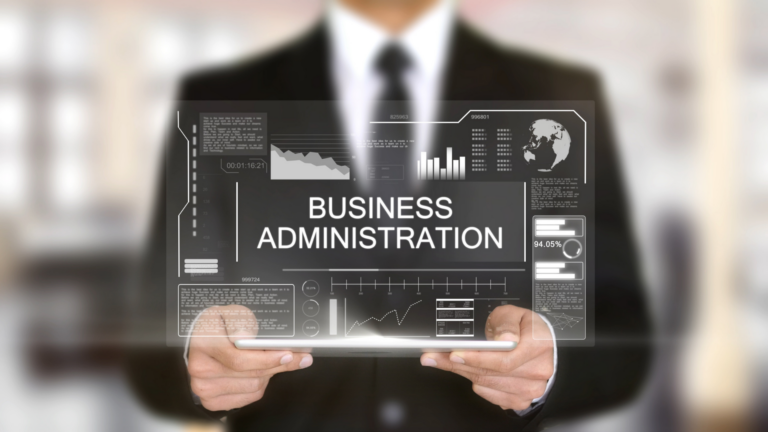
When corporations based in areas of above-average income inequality pay more taxes, it's not just the public that appreciates it ' investors do, too. That's the key finding of our recent research published in the journal Accounting and the Public Interest. Our finding challenges traditional economic theory holding that investors see corporate taxes as a transfer of wealth from shareholders to the state. That would suggest investors value only strategies that minimize taxes. The reality isn't so simple. As accounting professors at the University of Dayton, we study the intersection of corporate taxes and corporate social responsibility. We wanted to better understand how corporate taxes affect firm value and stock prices, and whether that relationship changes if a company is headquartered in an area with high income inequality. So we looked at financial data from over 1,500 firms over a 10-year period between 2011 and 2019, as well as the income inequality in the metro areas where they're headquartered. For the latter point, we used the Gini coefficient, a measure of income distribution in a given place. This is a particularly useful context for looking at corporate taxes, since one of the key functions of taxation is to counter inequality....

War subjects businesses to unprecedented tests. With governments stretched to their limits, businesses must step in and assume responsibilities far beyond their conventional mandates, profoundly transforming the notion of corporate social responsibility (CSR). As national survival and corporate survival become more and more intertwined, we see questions shift from 'Should we do something'' to 'What could we do'' ' transforming CSR from a voluntary initiative to an existential necessity. Amid the Russian invasion of Ukraine, businesses offer a compelling blueprint for responsibility-driven innovation, with the potential to redefine global CSR practices in crisis contexts. Four Ukrainian companies have distinguished themselves with particular thoughtfulness and ingenuity in their approaches to launching socially responsible initiatives during the war, with wartime adversity fueling innovation and societal impact. Their examples show that embracing CSR as an existential imperative enables scalable impact, imbues companies with deeper meaning, and can enhance corporate innovation efforts ' making responsibility rather than necessity the mother of invention....

The world is well aware of the climate finance gap ' the gap between the $100 billion currently annually committed by donor countries and the $2.4 trillion needed per year to fund the climate transition. In Namibia, we know that many businesses are now under increasing pressure to green their supply chains and reduce emissions across their product lines. That's why the government has established the Namibia Sustainable Supplier Database in partnership with the World Economic Forum. The database platform is a searchable online tool of Namibian businesses. Investors and global firms looking to source from Namibia can view company details as well as their engagement with five sustainable development criteria. Companies on the database indicate whether they have a corporate social responsibility (CSR) plan in place, whether they are working to reduce emissions or save energy, if any measures are taken on water saving or biodiversity conservation, compliance with Namibian labour laws and employee or community engagement....

As climate change, social inequities, and other critical issues grow ever more urgent, many companies have built dedicated departments focused on corporate social responsibility (CSR). But while this is an important first step, the authorsâ new research suggests that organizations with the most mature CSR programs are often actually those with the smallest CSR departments. Based on an in-depth analysis of several Swiss firms as well as a review of prior research on CSR implementation, they identify a three-phase process through which many companies progress as their CSR operations advance from high-level vision to on-the-ground impact: A nascent stage in which the CSR department centralizes and coalesces, an intermediate stage in which it decentralizes and orchestrates, and a final stage in which it retreats and consults. Through this process, resources shift from the central CSR team out into functional units, meaning that the size and budget of the CSR department is often a poor indicator of the maturity of its CSR execution. To paint an accurate picture of a companyâs performance â and to identify opportunities for improvement â the authors ultimately suggest that itâs essential to recognize these nuances and calibrate expectations and evaluations accordingly....





